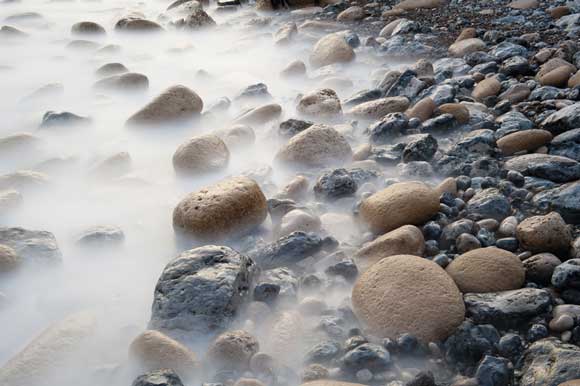Neutral Density Filters – Know Before You Go!
Create Movement
Use an ND filter to reduce the overall exposure so you can use slow shutter speeds in daylight to blur water, clouds or action.

Combine Filters
You can add ND and ND Grads together for a stronger exposure-blocking effect.
Round Or Square
With solid ND filters it doesn’t really matter whether your filters are round or square, but for Grads get square ones that you can move up and down in the holder to line up with the horizon.
Darken Skies
Use an ND Grad to balance the brightness level between sky and foreground to retain more cloud detail.
Hard Or Soft
Grads can come with harder or softer lines of graduation. A Soft-Edged Grad is ideal for uneven
horizons, or when elements protrude into the sky.
Aperture
The smaller your chosen aperture, and the more wideangle the lens, the sharper the graduation of a Grad filter will appear.




